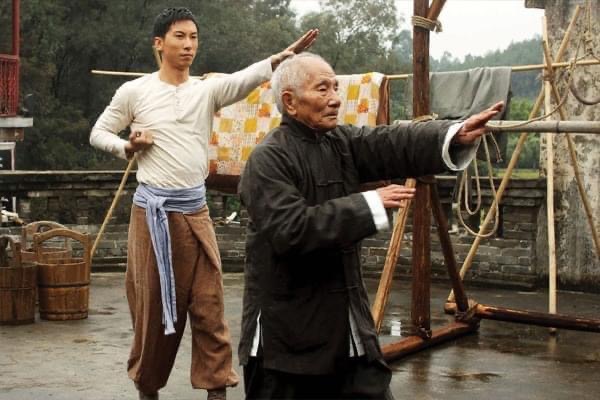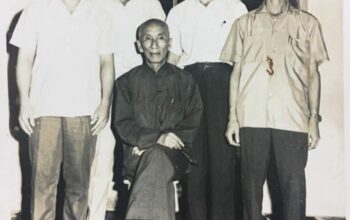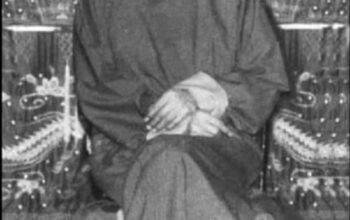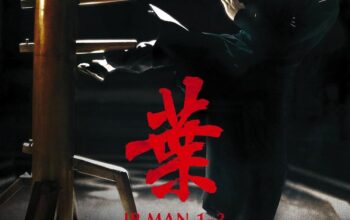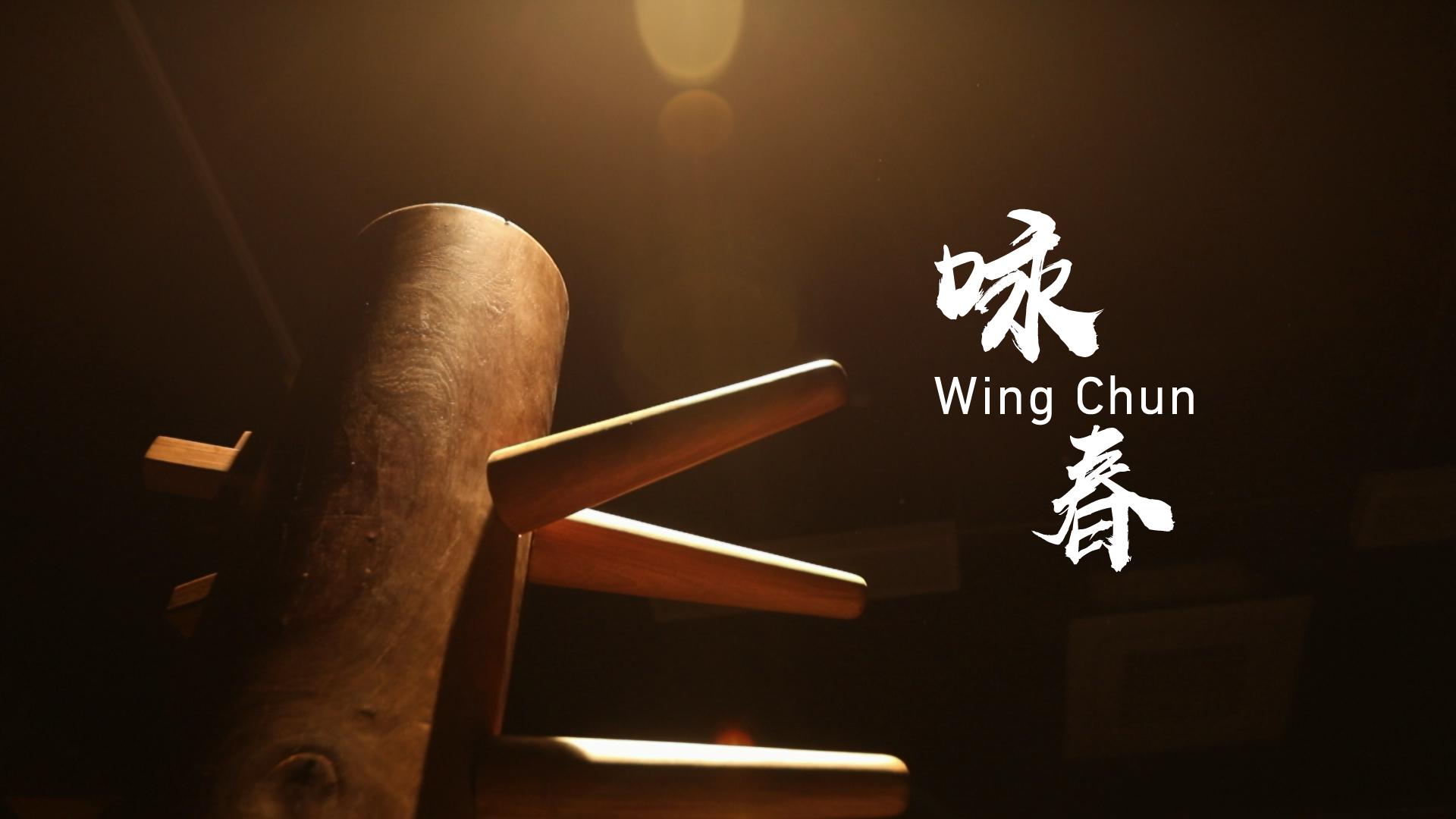What Are the Main Wing Chun Forms?
Wing Chun, a Chinese martial art known for its practicality and efficiency, incorporates a series of forms or sets that serve as the foundation for training and developing essential skills. These forms are carefully structured sequences of movements that teach practitioners fundamental techniques, footwork, and principles of Wing Chun. Let’s explore the main forms of Wing Chun and their significance in training.
- Siu Nim Tao (Little Idea):
Siu Nim Tao is the first and most important form in the Wing Chun system. It translates to “Little Idea” or “Little Idea Form.” This form focuses on developing the fundamental principles and building a strong foundation in Wing Chun. Siu Nim Tao teaches practitioners the correct body structure, stance, and hand positions. It emphasizes relaxation, breathing, and centerline control. Through slow and deliberate movements, practitioners cultivate body awareness, coordination, and the efficient generation of power. - Chum Kiu (Seeking the Bridge):
Chum Kiu, meaning “Seeking the Bridge,” is the second form in the Wing Chun system. This form introduces more advanced footwork, techniques, and the concept of bridging the gap between oneself and the opponent. Chum Kiu teaches practitioners how to maneuver and maintain balance while closing the distance between themselves and an opponent. It incorporates movements like stepping, pivoting, shifting, and the coordination of hand techniques and footwork. Chum Kiu also emphasizes energy generation, coordination of upper and lower body, and simultaneous attack and defense. - Biu Tze (Thrusting Fingers):
Biu Tze, or “Thrusting Fingers Form,” is an advanced form in Wing Chun that focuses on recovering from disadvantageous positions, close-quarter combat, and emergency techniques. Biu Tze teaches practitioners how to generate short-range power and execute explosive techniques. It incorporates quick and unpredictable movements, elbow strikes, finger jabs, and recovery techniques. Biu Tze also emphasizes the use of body mechanics, the ability to generate power from awkward positions, and the development of reflexes for close-quarters combat. - Wooden Dummy Form:
The Wooden Dummy Form, also known as Mook Yan Jong, is a unique training form in Wing Chun. It involves practicing techniques and strategies against a wooden dummy equipped with arms and legs. The Wooden Dummy Form allows practitioners to develop precision, timing, and accuracy in their strikes. It helps refine techniques and footwork, as well as develop a sense of flow and adaptability. The Wooden Dummy Form also enhances sensitivity and contact reflexes, as practitioners learn to feel and respond to the resistance provided by the dummy. - Wing Chun Weapons Forms:
In addition to the empty-hand forms, Wing Chun includes training in various traditional weapons forms. These forms include the Butterfly Knives (Baat Jam Dao) and the Long Pole (Luk Dim Boon Kwun). These weapons forms teach practitioners the principles of Wing Chun in the context of using specific weapons. They focus on developing coordination, power generation, and adaptability while wielding traditional weapons. The weapons forms enhance overall understanding of Wing Chun principles and further expand a practitioner’s skill set.
It’s important to note that while the forms provide a structured framework for training, the application of Wing Chun techniques goes beyond the forms themselves. Wing Chun practitioners must apply the principles, techniques, and concepts learned in the forms through partner drills, sparring, and real-life scenarios.
Each form in Wing Chun builds upon the previous one, gradually introducing more advanced concepts and techniques. Mastery of the forms requires consistent practice, attention to detail, and guidance from a skilled instructor. The forms serve as a roadmap for Wing Chun practitioners, guiding them in the development of essential skills, body mechanics, and the understanding of Wing Chun’s principles.
